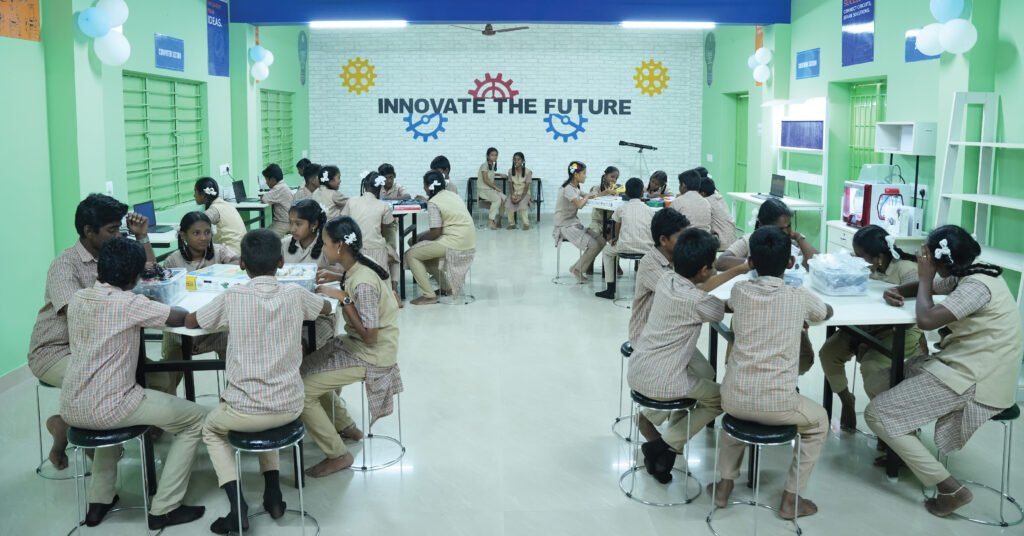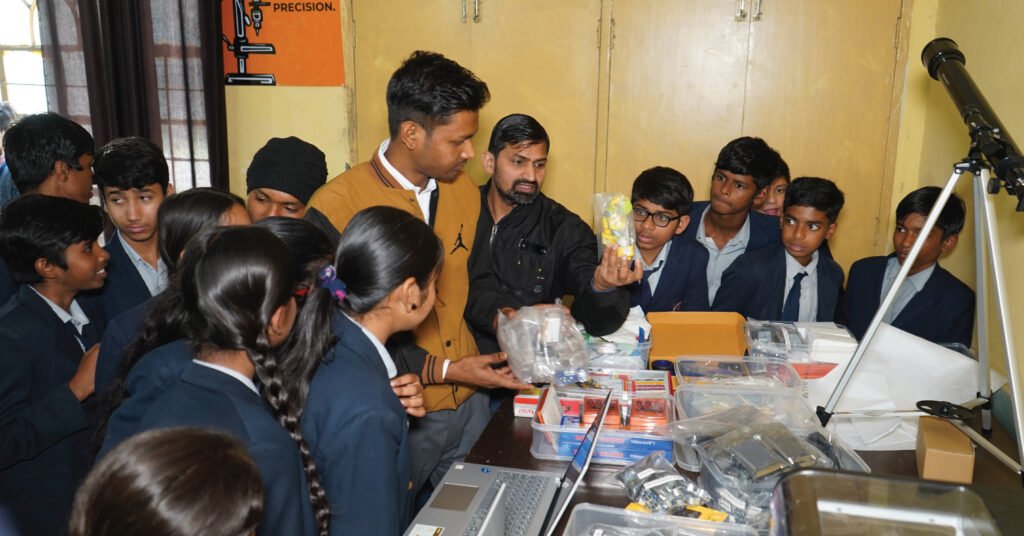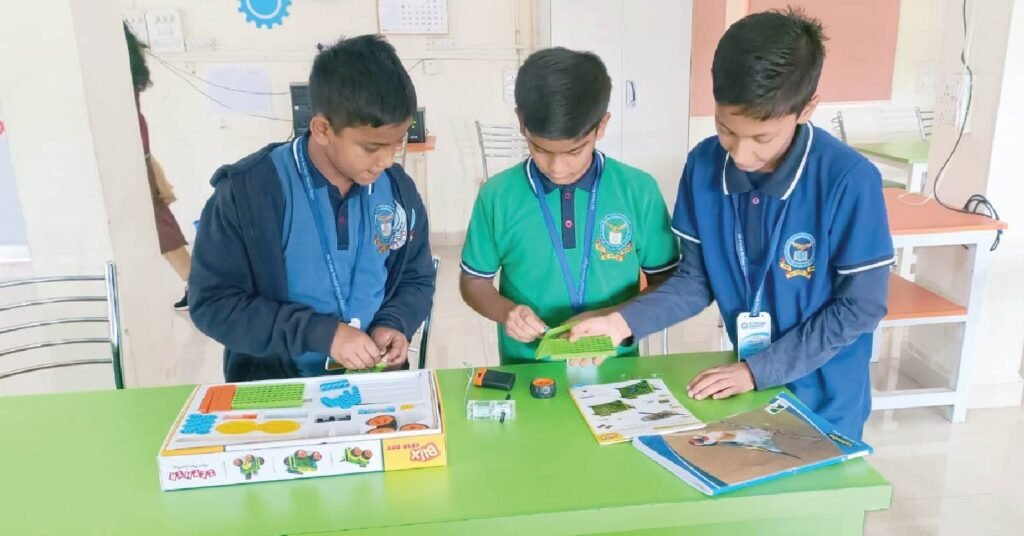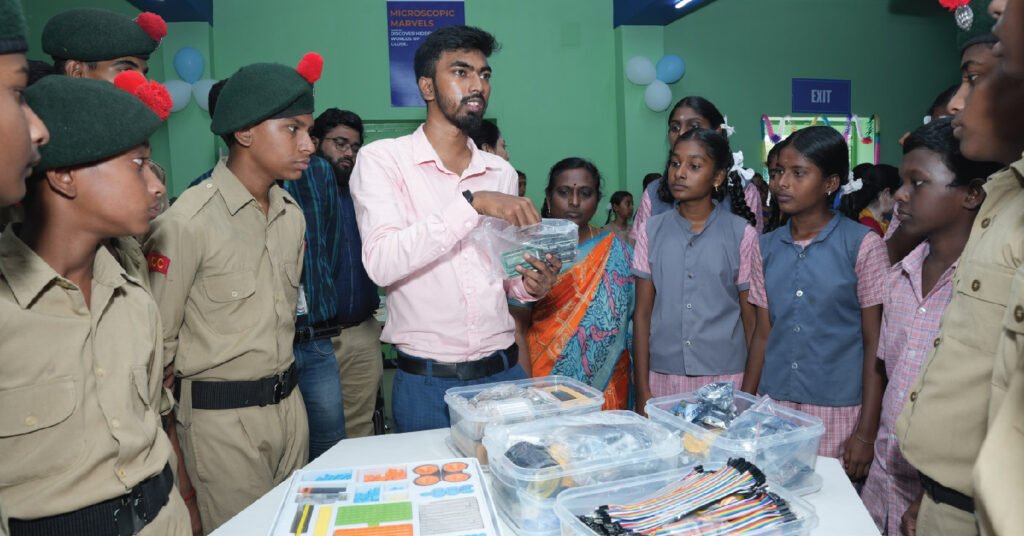In the ever-evolving landscape of education, the emphasis on STEM (Science, Technology, Engineering, and Mathematics) has become synonymous with preparing students for success in the 21st century. Beyond the acquisition of technical knowledge, STEM education plays a pivotal role in fostering a range of critical skills necessary for navigating the challenges and opportunities of the[…]
Instructing children in STEM subjects has several benefits that might benefit the entire nation. Early on is a good time to foster creativity, critical thinking, and problem-solving skills. This essential learning opportunity lays the foundation for future academic and professional goals. Furthermore, engaging in STEM education may provide kids with an engaging and dynamic approach[…]
Encouraging Indian girls to pursue STEM jobs is essential in overcoming gender gaps in the disciplines of science, technology, engineering, and mathematics. Despite progress, cultural prejudices, a dearth of role models, and restricted access to resources are the key reasons why women are still under-represented in STEM fields. To close this gender gap and unleash[…]
STEM fields—science, technology, engineering, and mathematics—have become more important in today’s world. The pressing demand for a highly qualified workforce in fields essential to technological advancement and innovation is addressed by STEM education. Pupils who have studied STEM fields are better able to manage challenging situations, keep up with emerging technologies, and contribute to society.[…]
The goal of STEM learning is to foster critical thinking, problem-solving skills, and creativity in students by combining subjects such as science, Technology, engineering, and mathematics. It places a strong emphasis on experiential learning via real-world projects and experiments, fostering curiosity and discovery in young children. Through the integration of theoretical knowledge with practical applications,[…]
In today’s society, STEM fields—science, technology, engineering, and mathematics—have grown in significance. STEM education addresses the urgent need for a highly skilled workforce in disciplines critical to technological growth, development, and innovation. Students with a STEM background are more equipped to handle difficult circumstances, stay current with new technology, and advance society. Given how quickly[…]
In the modern world, STEM fields—science, technology, engineering, and mathematics—are growing more and more significant. They address the severe lack of skilled labor in fields vital to technological advancement. Students who study STEM subjects are better equipped to handle difficult situations, stay up to date with technology, and contribute significantly to society. Given the speed[…]
STEM (Science, Technology, Engineering, and Mathematics) education has emerged as a cornerstone of modern learning, providing students with the knowledge and skills needed to excel in today’s rapidly evolving world. This article explores the transformative impact of STEM education in fostering innovation, empowering students, and shaping the future workforce. The Importance of STEM Education STEM[…]
In today’s rapidly evolving world, STEM (Science, Technology, Engineering, and Mathematics) education has emerged as a cornerstone of academic and professional success. This article delves into the significance of STEM education in preparing students for the challenges and opportunities of the 21st century. Understanding STEM Education STEM education integrates the four disciplines of science, technology,[…]
The India STEM Foundation stands at the forefront of promoting STEM (science, technology, engineering, and mathematics) education across the nation, with a dedicated focus on fostering innovation and excellence in these crucial fields. At the heart of its mission lies the Anushikshan program, a dynamic initiative aimed at skill development for both teachers and students.[…]





